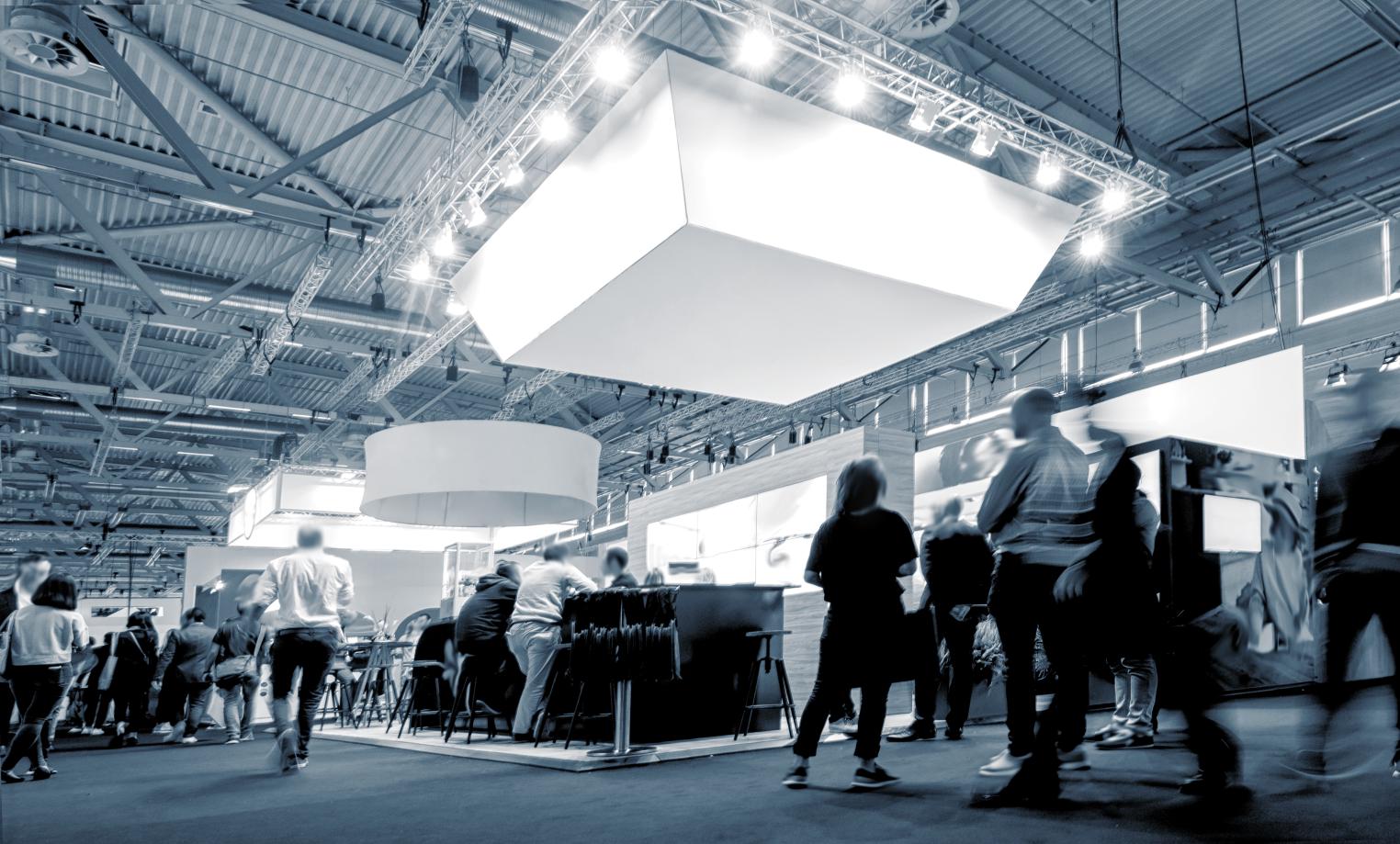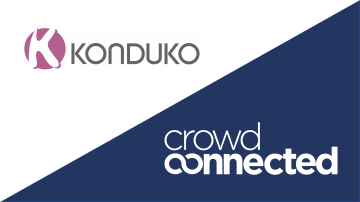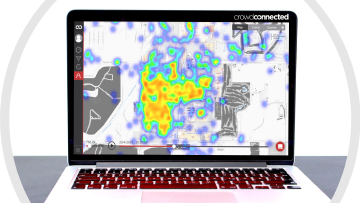The switch to digital when expos return

What’s the impact of the switch to digital when face-to-face expos return?
The pivot to virtual events has been a short-term necessity for an exhibition industry kiboshed by COVID.
But can an online-only exhibition replace the physical show?
According to most respected commentators, the answer is a definitive no (although it should be noted that many share a common agenda, in that they want to see a successful return to face-face events).
And there is data to support this view.
In a recent interview, UFI’s European regional manager Nick Dugdale-Moore revealed the following. In a survey undertaken by Explori which will be published in the coming weeks, 90% of respondents said that their business had been negatively impacted by not being able to physically meet clients/prospects at a face-to-face event in 2020.
(As an aside, in the same interview Dugdale-Moore quoted an estimate of €260billion of lost contracts – that is, business that would have been signed between buyers and sellers – as a result of exhibitions being cancelled during 2020. If nothing else, that’s an interesting measure of the pain COVID has inflicted on the global exhibition industry’s customer base.)
Other surveys – for example, this one from Event Manager Blog – have consistently highlighted that engaging a remote audience is incredibly challenging.
Attempts to replicate the physical experience of the exhibition environment in a pure-play digital form – such as this one – appear to fall into the same trap that caught print newspapers 20 years ago. When the internet first started gaining traction, print media rushed to precisely replicate their offline products online.
With spectacularly poor results (commercially at least).
What they failed to grasp is that digital and physical environments – and therefore experiences – are very different. Hence like-for-like replicas of an offline product in digital form are very likely to fail.
Digital learnings
So, if we accept the premise that digital won’t kill off the physical exhibition (at least anytime soon), what effect might the dance-with-digital have on the physical?
An obvious (and widely accepted) consequence is linking the digital with the physical. Hybrid has become the go-to buzzword for an exhibition industry battered by COVID. What is less obvious is exactly what is meant by a ‘hybrid exhibition’. For our purposes, let’s assume a digital, time-bound event running concurrently with a physical one. That provides the opportunity for those exhibitors and visitors unable or unwilling to attend in person, to interact, in one form or another. And even extends the reach of the exhibition to a wider audience.
Sticking with the theme, i.e. linking the digital with the physical, here’s another.
By nature, digital events are awash with data. Every click, every page view, every interaction is recorded and can be reported on. For the vast majority of physical exhibitions, that equivalent level of exhibitor or visitor insight has been missing.
We’ve previously highlighted why this absence of data should be a concern to organisers. We wrote pre-COVID that exhibitors will want to “apply the same data-driven thinking” to their exhibition presence as they do with their digital spend”. And that exhibitions “that refocus their exhibitor sales conversations using reliable data will thrive.”
Data gap
Pre-COVID the data gap could be ignored because many exhibitions were operating successfully in their comfort zones, with high margins and little incentive to change. As soon as the scale of the pandemic became apparent, the old rulebook was ripped up – as articulately expressed by industry heavyweights such as Peter Hall and Simon Foster.
In our many conversations with senior exhibition people since COVID shuttered face-to-face shows, it does seem that there has been a change of thinking.
That’s because:
1 Show organisers have now been exposed first-hand to the volume and value of the data generated from a virtual event.
2 Exhibitors will have elevated expectations in terms of the level of data-driven insight that show organisers provide when face-to-face events return.
3 The latest digital tools enable physical events to gather valuable data – reliably, efficiently and cost-effectively.
But the pressure has been building, irrespective of COVID. Quoting directly from UFI & Explori’s Global Exhibitor Insights 2019-20 (compiled pre-pandemic):
Lack of clear return on investment is the biggest driver of exhibitor dissatisfaction, followed by overall cost. Many exhibitors find it challenging to measure sufficient return from the trade shows they attend to justify the outlay. Risk around ROI is the most frequently given reason for low advocacy scores.
In the same report, Explori go on to say that almost 3 out of 4 companies that don’t exhibit at trade shows cite it as being too risky. In other words, the perceived return on investment is too low. Remember, that was pre-COVID. What might the stats look like now?
A lack of measurement (i.e. reliable performance metrics) was already making it tough for face-to-face exhibitions to compete for customer spend in a digital-first marketing mix.
Data has been the lifeblood of digital businesses. In a post-pandemic world, it will be critical for face-to-face events such as exhibitions.


